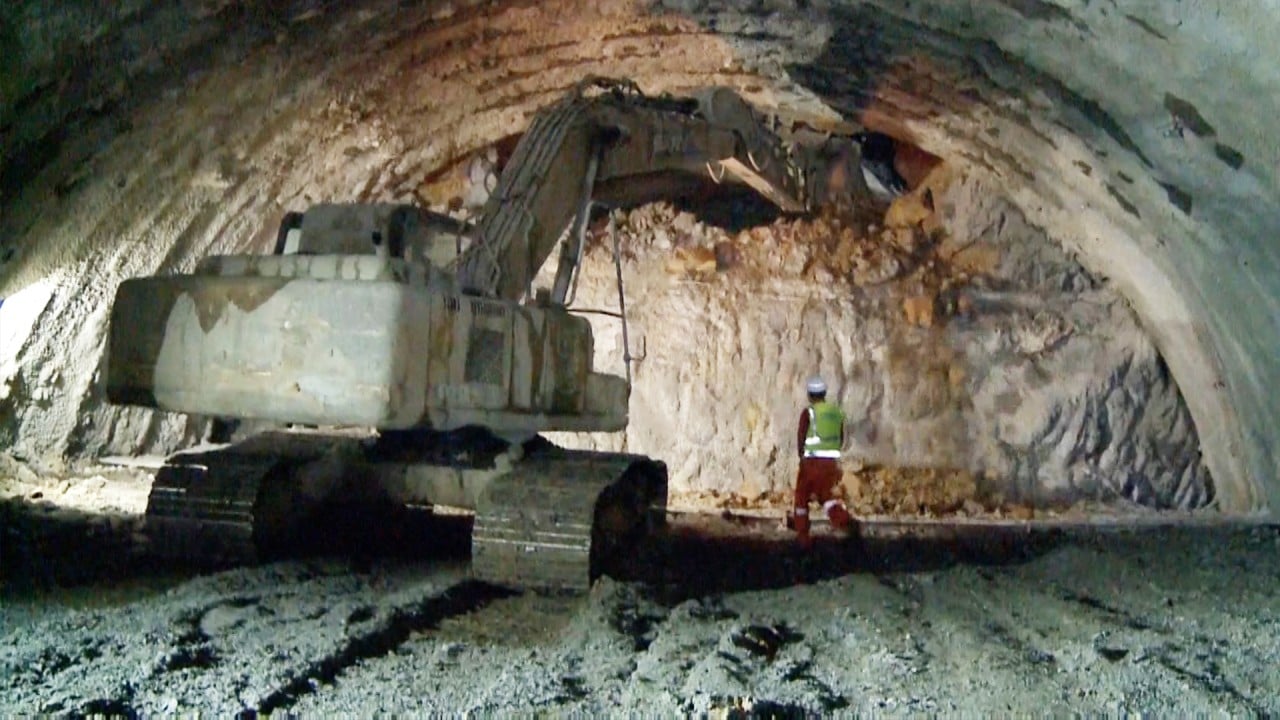
China’s overseas investment is falling just when the global economy needs it most
- Chinese investment, in physical infrastructure especially, has been a key driver of global growth alongside its GDP contribution. Its decrease over the past few years is bad news for a global economy struggling to recover from Covid-19
Other major powers, including the US (under Donald Trump) plus Japan and some members of the European Union, have been so busy attacking China’s thrust into infrastructure-related and other overseas construction that they have overlooked how important it is to overall global growth.
This implies the severe recession into which the world as a whole (excluding China itself) has been plunged over the past year could prove even deeper and longer lasting than feared, because the China locomotive is losing steam in terms of overseas investment.
Most economists agree the current recession is structural – meaning that its causes go deeper than normal cyclical downturns. But it might equally be called a “constructional” recession.
Recent data shows we have entered a general slump in international construction of basic infrastructure and other forms of capital investment, affecting both advanced and emerging economies. That does not bode well for global economic recovery.
One key factor revealed in a report from the Institute of International Finance (IIF) in Washington is that China’s overseas construction spending and investment in basic infrastructure went off a cliff in 2020 after trending downwards for several years from a 2017 peak.
The problem goes wider and deeper. In Asia, Latin America, Africa and other developing regions, investment generally in new construction and production plants (so-called greenfield investment) has been sliding, the United Nations Conference on Trade and Investment (UNCTAD) reported recently.
As UNCTAD director of investment and enterprise development James Zhan noted in the report: “These [investments] are crucial for productive capacity and infrastructure development and for sustainable recovery.”

00:59
Chinese company finishes longest tunnel for Indonesia's Jakarta-Bandung high-speed railway
In China’s case, the slide in spending on overseas construction and infrastructure has been dramatic, from around US$160 billion in 2019 to nearer US$70 billion last year, according to the IIF’s China Global Investment Tracker.
This is hardly surprising, given the effect of the pandemic on economic activity globally. And this is aside from the impact on local labour and material supplies needed for infrastructure building – China and other countries had been unable to dispatch engineers to overseas projects.
But China’s overseas construction investment had ebbed sharply even before Covid-19 struck, from a peak of some US$260 billion in 2017 when opposition to the Belt and Road Initiative, launched in 2015, began to build and China came under attack for pursuing alleged “debt trap diplomacy” via the belt and road.
These projects do not require the same level of capital investment as spending on physical infrastructure projects, such as energy and transport systems, and they are not as high-profile. This may account for some of the drop in Chinese overseas construction.
But China’s overseas investment in countries that are not part of the belt and road network has fallen more sharply, if anything, than in those that are hosting belt and road projects, according to IIF data. Chinese lending of money in general to the rest of the world has also been slowing.
What is China’s Belt and Road Initiative all about?
Some pickup in investment in overseas construction by Chinese and other investors can be expected as the pandemic subsides, but meanwhile, as UNCTAD says, “the steep decline in greenfield announcements and international project finance in Africa, Asia and Latin America is a cause for concern”.
This is all part of the deglobalisation syndrome. Just how long that will persist depends critically on how far the Biden administration in the US goes to reverse the iconoclastic four years of the Trump presidency and strike a rapport with China.
In the meantime, hopes of a V-shaped economic recovery, which a euphoric Wall Street continues to entertain as it focuses myopically on tech stocks and trading system tricks, look increasingly absurd. Once “normality” returns, it is likely to be a new normal, where structural changes have made the global economic landscape virtually unrecognisable.
Anthony Rowley is a veteran journalist specialising in Asian economic and financial affairs

